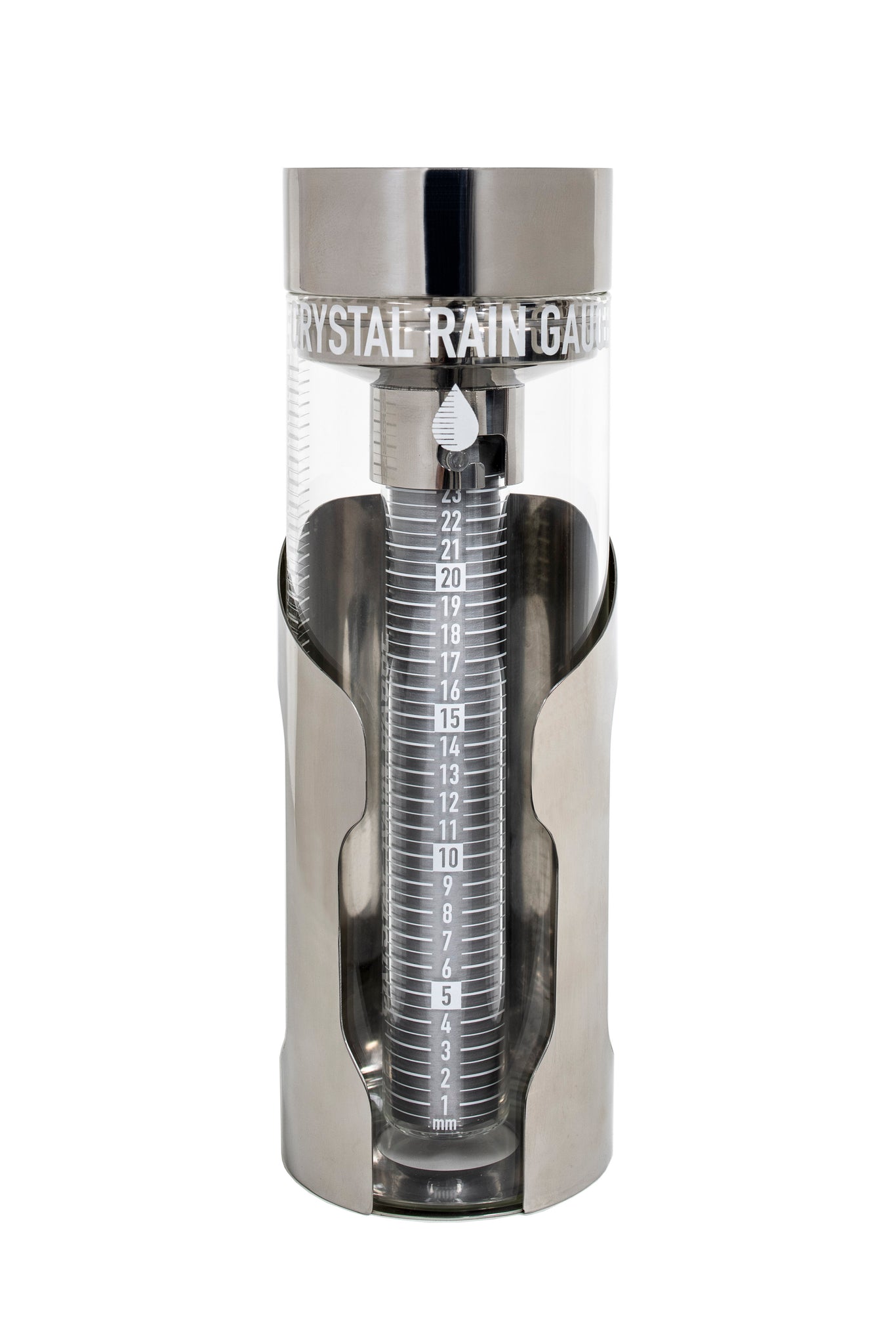The Benefits of Setting Up an Accuracy Rain Gauge for Your Weather Station
The Benefits of Setting Up an Accuracy Rain Gauge for Your Weather Station
Blog Article
Unveiling the Scientific Research Behind Rainfall Gauges: Just How These Devices Play a Critical Function in Environment Study and Ecological Surveillance
Rainfall gauges, seemingly easy gadgets, hold an extensive significance in the realm of environment research and ecological tracking. As we peel off back the layers of this clinical veil surrounding rain gauges, we discover a globe where accuracy, data precision, and meticulous observation merge to introduce a much deeper understanding of our transforming environment and its effect on the planet.
Importance of Rain Gauges
Rainfall determines play an essential duty in surveillance and determining rainfall degrees, providing essential data for environment study and analysis. These tools are basic in evaluating the amount of rainfall that happens in a particular area over a certain duration. By gauging and accumulating rain, rain determines offer important insights right into the distribution and intensity of precipitation, aiding meteorologists, hydrologists, and climatologists in comprehending weather patterns and fads.
Among the key reasons why rainfall determines are important is their capability to supply localized and precise information. Unlike satellite or radar-based measurements, which supply broader monitorings, rain evaluates offer exact info certain to the location where they are positioned. This local data is essential for different applications, including flooding forecasting, dry spell tracking, and water resource management. In addition, long-lasting data gathered from rain determines helps in assessing environment change effects and patterns, adding considerably to scientific research and decision-making processes. Fundamentally, rain assesses offer as vital devices in the area of weather forecasting and ecological scientific research, playing a critical role beforehand our understanding of weather and environment dynamics.
Types of Rainfall Scales

Performance and Procedure
In the realm of environment study and atmospheric researches, the effectiveness of rain determines lies in their elaborate performance and specific functional devices. Rain gauges are made to accurately determine the quantity of rainfall that falls over a certain area throughout a set period.
The performance of rain gauges is based upon the concept of gauging and collecting rain in a standardized fashion. This gathered data is critical for understanding local climate patterns, tracking long-term climate patterns, and examining environmental impacts. To make certain exact dimensions, rain gauges requirement to be purposefully positioned in open areas far from obstructions such as structures or trees that can conflict with the collection procedure.
The functional facet of rain gauges entails routine maintenance to stop particles buildup, calibration checks to maintain measurement precision, and information recording for evaluation (rain gauge). In general, the capability and operation of rainfall assesses are important for collecting reliable precipitation data vital to climate study and environmental monitoring
Function in Climate Research
Provided the essential importance of accurate rainfall measurements in recognizing climate patterns and ecological impacts, the duty of rain determines in climate research study is crucial. Rainfall evaluates offer important data for environment research study by quantifying the amount of rainfall that drops over a particular area throughout a given duration. This information is important for checking lasting trends in precipitation patterns, examining the impact of climate modification on rainfall circulation, and improving climate models.

Climate scientists use data accumulated from rain gauges to examine variants in rainfall levels, identify regional climate fads, and assess the efficiency of water resource monitoring strategies. By contrasting historical rainfall data with existing measurements, scientists can detect changes in rainfall patterns, such as changes in the frequency or strength of rains events. This info is essential for comprehending how climate adjustment is affecting precipitation dynamics and can assist policymakers make educated choices pertaining to adaptation and more info here mitigation methods.
Applications in Ecological Surveillance

In flooding projecting, rainfall scale data aids to track rains strength and circulation, allowing authorities to provide timely cautions and take required procedures to minimize flooding dangers (rain gauge). Dry spell monitoring relies upon rain gauge data to evaluate wetness degrees in the soil and track precipitation deficits, helping in the identification of drought-prone locations and the implementation of drought action techniques
In addition, rainfall gauge information plays a vital duty in water source monitoring by offering details on water availability and use patterns. This data is utilized to make informed decisions regarding water allocation, conservation procedures, and lasting water source preparation. In addition, in farming, rainfall gauge data helps farmers in optimizing irrigation schedules, plant choice, and overall farm administration techniques based on local precipitation patterns. In general, rainfall assesses are indispensable devices in ecological tracking, using valuable insights that add to informed decision-making and sustainable resource management.
Final Thought
Finally, rainfall gauges are necessary devices for measuring precipitation, providing useful data for environment research and environmental surveillance. With numerous kinds and functionalities, rainfall assesses play an important function in comprehending precipitation patterns and their effect on the atmosphere. By accurately measuring rains, these tools add to the innovation of clinical knowledge and help in making notified decisions pertaining to water source administration and disaster preparedness.
Rain assesses play an important role in surveillance and determining rainfall degrees, providing important data for climate study and analysis. The basic rainfall scale, understood as the "tipping pail" gauge, is one of the most generally used devices. Ultrasonic rain assesses usage sound waves to detect the existence of rain, providing read the full info here real-time data on precipitation degrees.Climate scientists use information gathered from rain gauges to assess variations in rainfall levels, determine regional environment trends, and review the performance of water source monitoring approaches.In final thought, rainfall evaluates are crucial tools for gauging precipitation, giving beneficial information for environment research and ecological monitoring.
Report this page